Betty Corning Clematis – 1 Gallon Pot
$49.97 Original price was: $49.97.$34.98Current price is: $34.98.
SKU: D2LSC 9577629640 Categories: Clematis Vines, VINES & CLIMBERS
- Experience the difference quality makes.
- Buy with Peace of Mind
- Free Shipping, No Compromise on Quality
- High quality products, hassle-free returns.

‘Betty Corning’ Clematis
Clematis crispa x viticella ‘Betty Corning’
Plant Details
USDA Plant Hardiness Zones: 4a-9b (3?) Find Your Zone
Plant Type: Flowering Vine
Height or Length at Maturity: 6-12′
Width at Maturity: 2-4′
Spacing: 3-4′ apart to cover fences and walls
Spacing: 3-4′ apart to cover fences and walls
Growth Habit / Form: Climbing, Twining
Growth Rate: Moderate
Flower Color: Violet and Blue Shades
Flower Type: Single, Bell Shaped
Flower Size: 2″ long
Flowering Period: Summer to Frost
Flowering Period: Summer to Frost
Fragrant Flowers: Yes, light
Foliage Color: Green
Fragrant Foliage: No
Sun Needs: Full to Mostly Sun, Part Shade, All Day Lightly Filtered Sun
Water Needs: Average
Soil Type: Clay (Amend heavy clay to ensure good drainage), Loam, Sandy, Silt
Soil Drainage: Moist but Well Drained
Soil pH: 5.5 – 7.0
Maintenance / Care: Low
Pruning Group: 3
Attracts: Butterflies, Hummingbirds, Beneficial Pollinators, Visual Attention
Resistances: Deer, Disease, Heat, Humidity, Insect
Description
All of our Clematis vines are trellised 2 year old plants in a 1 gallon pot.
First discovered growing in Albany, NY in 1932, and capturing the hearts of gardeners across the country ever since, ‘Betty Corning’ is a Clematis with the dignity and standing of royalty. Freely flowering from summer to frost, she features abundant, adorable and sweetly fragrant lilac color bell flowers with reflexed petals that dangle from the ends of thin crooked stems that sway in the breeze. Lush green foliage with new bronze hued leaves adds extra charm. Vigorously climbing 6 to 12 feet high, Betty is perfect for climbing and covering fences, trellises, rails, arches, lamp and mailbox posts or even shrubs and small trees.
Landscape & Garden Uses
Betty Corning Clematis is ideal for growing on fences, trellises, arches, mailbox posts, obelisks, poles, lamp posts and other structures she can twine her vines around. Excellent for pots, planters and other containers. Whichever way you go, situating her on or around patios, decks and around other outdoor living spaces allows for the beautiful flowers and fragrance to be enjoyed from up close. A fine addition to Clematis gardens, fragrance gardens, and blue themed gardens.
Suggested Spacing: 4 feet apart on fences and trellises
Growing Preferences
Betty Corning Clematis is easy to grow in a moist but well-drained soil of average fertility and full sun to part shade. Clematis tend to like sun on their vines and shade on their roots to keep them cooler. So we always plant a groundcover or flowers around the base of the vine to meet this preference.
Note: All clematis prefer to be planted so that the crown of the plant, where its stem(s) emerge from the soil in which it was grown, is at least 3 to 4 inches below the soil level.
Clematis Pruning Group 3
Betty Corning Clematis is in pruning group 3, which consists of late-flowering species that bloom from mid-summer into fall. This group flowers on the last 2 to 3 feet of the current season’s growth (new wood). They are easy to prune because you do not need to maintain any old wood. In February or March, cut each stem to a height of 1 or 2 feet above the ground. Always make sure to leave two good buds below where you make your cut. New growth will emerge from these buds to produce the current seasons vines and blooms. Although on some varieties you will be removing some green stems and buds, this treatment keeps these vigorous growers in bounds. If not pruned, these vines will quickly become a mass of old diseased woody stems producing very few flowers.
Helpful Articles
Click on the link below to find helpful advice from our experts on how to plant and care for Clematis vines
How To Plant A Clematis
How To Prune A Clematis
Plant Long & Prosper!
Meet The Wilson Brothers & Staff
Questions? Contact Us!
Be the first to review “Betty Corning Clematis – 1 Gallon Pot” Cancel reply
Related products
Sale!
Clematis Vines
Sale!
Clematis Vines
Sale!
Clematis Vines
Sale!
Clematis Vines
Sale!
Clematis Vines
Sale!
Clematis Vines
Sale!
Clematis Vines
Sale!
Clematis Vines








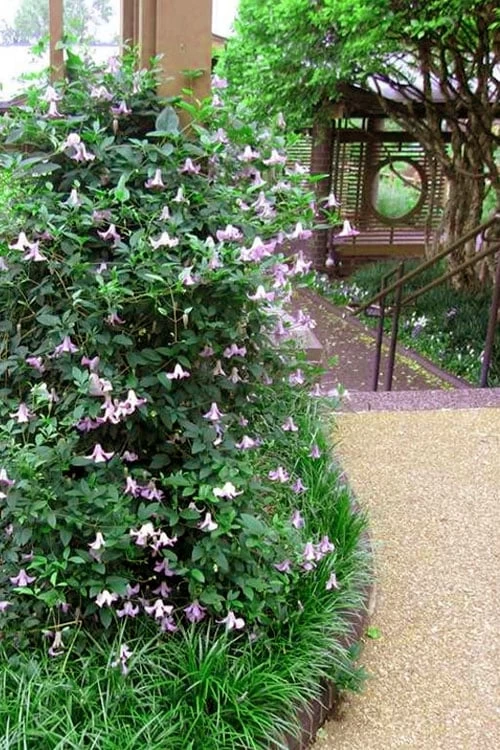





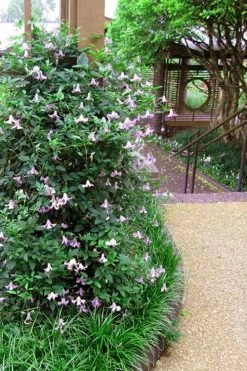




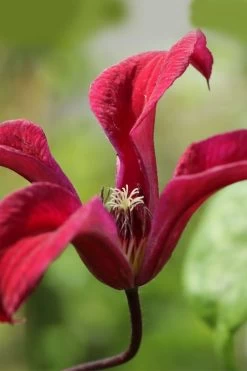

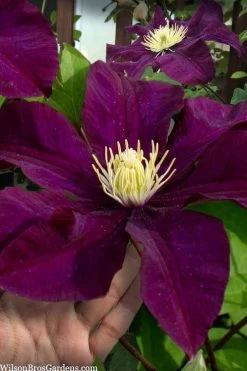
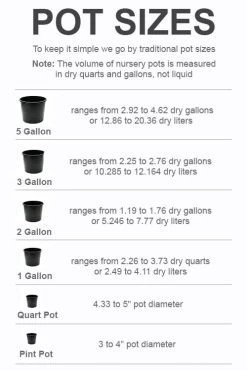



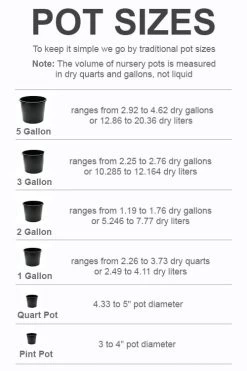

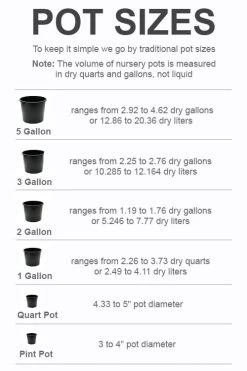


Reviews
There are no reviews yet.